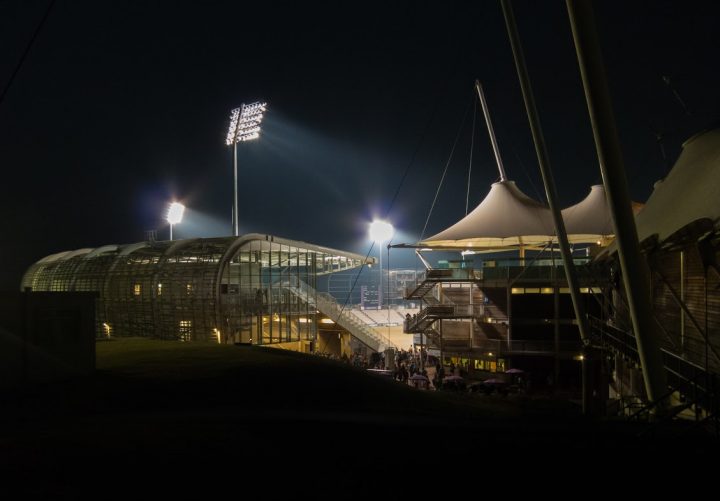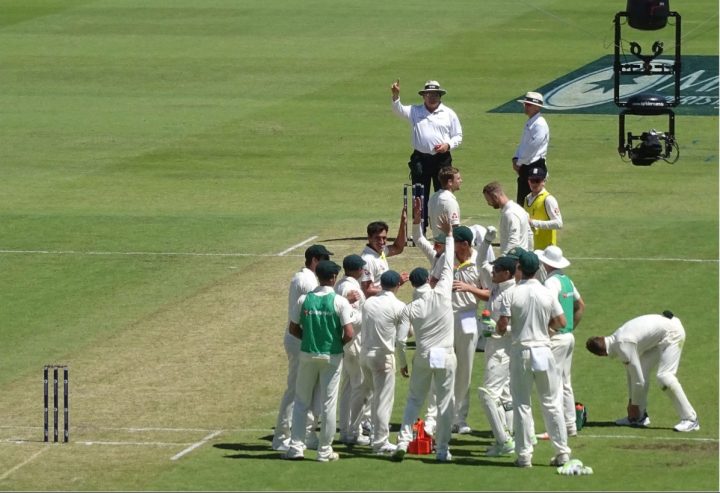Today I’m going to talk about Piers Morgan and a brilliant but controversial cricketer. But don’t worry. This time, Kevin Pietersen is not involved.
That said, he does bear more than a few parallels with the man in question, despite their very different public personae.
Both had a turbulent relationship with a distrusting English cricket establishment. Both could turn the entire course of a series with a single performance characterised by a bravado and elan beyond the imagination of their peers. Both lost the England captaincy in traumatic circumstances. And both transcended the parochial world of English cricket to become genuine international celebrities.
My repeated use of the word ‘Both’ is perhaps appropriate, because that’s one of his nicknames. As you probably worked out from the photo, the cricketer is of course Sir Ian Botham , and he’s the guest on tomorrow night’s edition of Piers Morgan’s Life Stories – ITV’s biographical interview show.
It’s high time I declared an interest here: I was one of the producers who made the programme. I’m very proud of the show, which charts Botham’s life and career through a blend of studio interview, archive, and testimony from friends and family. But whether or not you’re enticed by the prospect of my – and my colleagues’ – handiwork, Sir Ian’s extraordinary and irresistible story is reason enough to take a look.
Botham scored a century and took five wickets in the same Test match on five occasions. Only three other players have done so even twice. He is the fastest ever, in terms of matches, to achieve the doubles of 1,000 runs and 100 wickets, 2,000 runs and 200 wickets, and 3,000 runs and 300 wickets. He remains – with a tally of 383 – England’s all-time leading wicket-taker. And then there’s the small matter of 1981.
In the words of Peter Hayter, his friend and biographer, Botham became “the man who lived other men’s dreams”. When he wasn’t winning Ashes series seemingly single-handedly, Beefy played League football for a hobby, hung out with Mick Jagger, auditioned for Hollywood and flew with the Red Arrows.
He was also, in his prime, a turbo-charged roisterer with almost superhuman levels of endurance. During the Mumbai Jubilee test of 1980, he went out drinking all night, stuffed a takeaway chicken down the back of journalist Chris Lander’s hotel TV set, causing it to catch fire, and then pitched up at the ground to take thirteen wickets and score a century.
Botham entered cricket as an outsider, a working class boy from a Somerset backwater, but aged just twenty four, was appointed the youngest England captain for nearly a century. His reign ended in tears, but his subsequent redemption in that epic summer of 1981 mesmerised the British sporting public in a manner almost never seen before or since.
As Simon Wilde, another biographer, puts it, Beefy’s “irresistible cocktail of talent, energy and swagger…showed that Britain could still produce champions and that the working class still deserved to be valued. For this he won himself a fund of public goodwill, a fund he sometimes threatened to drain but uncannily managed to replenish”.
1981 brought Beefy superstar-dom, but also a loss of innocence. His conviction for cannabis possession, along with his general rebelliousness, and even his haircuts, began to define him as a scourge of the establishment. Botham’s fame and notoriety fulled a string of lurid sex and drugs allegations which strained his marriage and family almost to breaking point. Later came genuine infidelity. And amid all of this, he still found the time and energy to raise £12 million for leukaemia research through his charity walks.
These are just a few of the stories which feature in the programme. But maybe one of the most interesting parts of the process, for me, was researching the footage from the early years of Botham’s career in the late 1970s, which are nowadays rarely replayed. You forget how lithe and virile an athlete he was in the pre-mullet days, how fast he bowled, what a brilliant outfielder he was, and how his knack for taking wickets with bad balls was part of his game from the very beginning. Botham’s first test wicket resulted from Greg Chappell dragging a wide long-hop into his stumps
The show also features new interviews with the eye-witnesses – Beefy’s former team-mates, which meant that I had a whale of a time meeting all my childhood heroes from the 1980s. They include David Gower, Allan Lamb, John Emburey, Mike Gatting, and Vic Marks, along with his wife Lady Kathy and his children, Sarah, Liam, and Becky.
The sacking of Kevin Pietersen last week reminded us that once in a generation players only come along, well – once in a generation. We will probably never see Botham’s like again – which, if for no other reason, is why his story is always worth telling.
‘Piers Morgan’s Life Stories: Ian Botham’ is on ITV 1 at 9.00pm on Friday 14th February.










I don’t normally watch Piers Morgan programmes but I will definitely be checking this out. I did notice thefulltoss twitter account often tweeting Piers – now we know why!
Would have loved to meet David Gower, I trust he was as pleasant in real life as he is on the box?